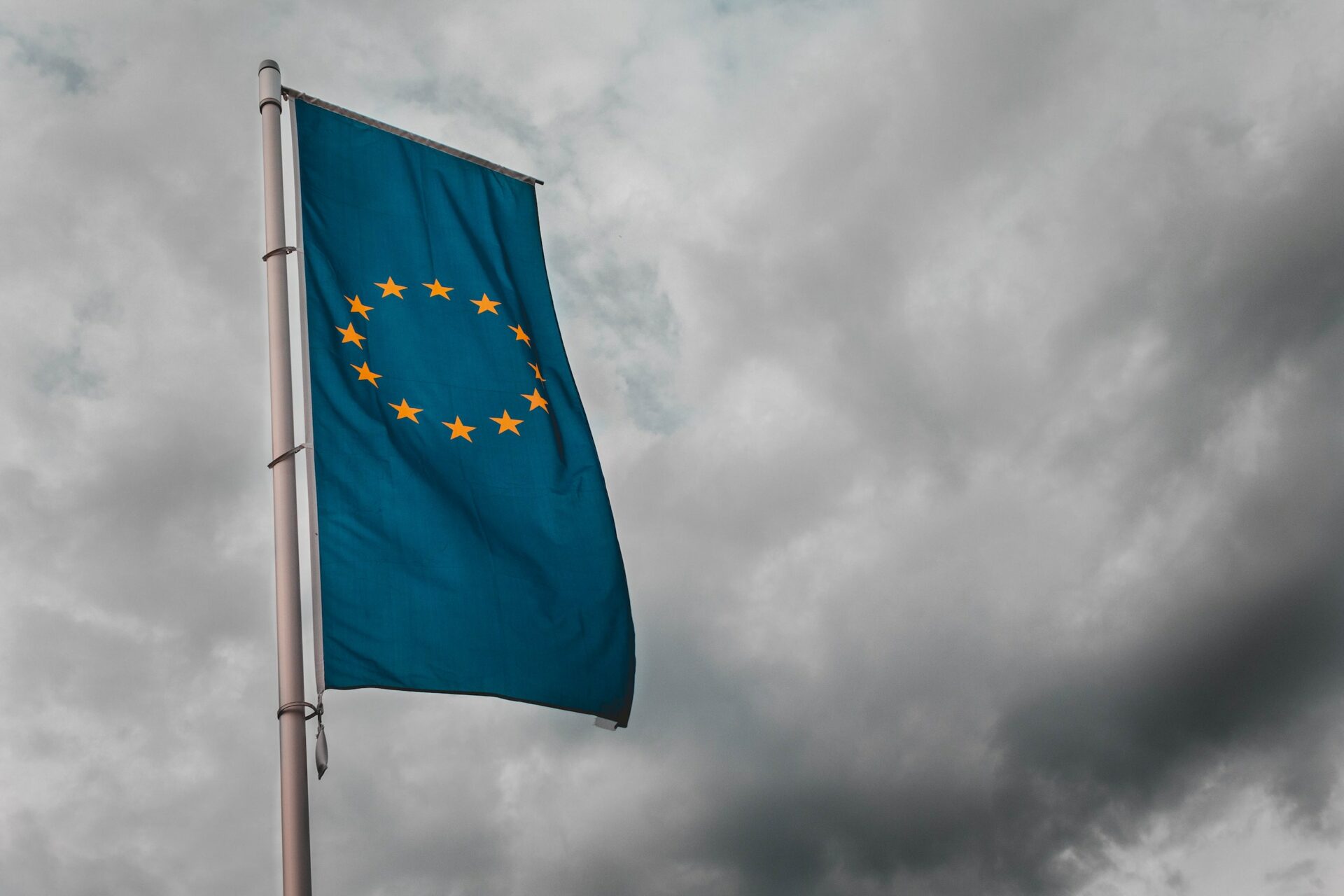
EU Taxonomy explained
In recent weeks, the entire nuclear industry has heard about EU taxonomy. JRC – the technical arm of the EU Commission – has declared that nuclear energy does not harm the environment. Many articles have been published about how nuclear energy should be included in the EU Taxonomy, but few have really explained what the EU Taxonomy is all about. This article briefly explains the EU Taxonomy, a very interesting financial innovation.
EU Green Deal
In December 2019, the EU unveiled its Green Deal, a set of initiatives aimed at achieving net zero emissions in 2050. With global warming already impacting our economy and way of life, strong decisions are needed to tackle this lifelong challenge.
The EU immediately recognised that governments and public institutions do not have the financial strength to fight global warming alone and that private sectors and investors must take part in this.
The EU Commission agreed on the importance of having a strong link between investment and green projects.
Since 2008, the financial sector has seen a surge in green bonds, which aim to provide capital for projects that have a positive impact on the environment. Green bonds are really interesting securities to raise capital from a wide range of investors while offering them interesting returns and positively impacting the environment.
EU Green Bond Standard
With all the different green bonds popping up around the world, as well as in different EU countries, there was a need for standardisation. How do you consider a project to be green? How do you make sure your investors have the right information? How do you make sure that your investments are actually ESG-oriented?
All these questions were unanswered until the EU started work on the EU Green Bond Standards (EU GBS).
With the EU GSB, the EU hopes to support the growth of the green bond market and promote its transparency and integrity. The EU commissioned a technical expert group (TEG) to clearly define what green bonds are. According to them and through the EU GBS, a green bond should meet the following elements:
- A clear definition of green projects;
- A Green Bond framework: clear methodologies on allocation, reporting, impacts and verification;
- A mandatory external verification;
- A mandatory reporting on fund allocation and environmental impact.
But the real question is: How do you define a green project?
EU Taxonomy
At this point, the EU taxonomy is key. This tool is actually essential to define whether a project is considered a green project. Now you see why people are fighting to include nuclear energy in the EU taxonomy.
The EU taxonomy lists economic activities with performance criteria for their contribution to six environmental objectives:
- Climate change mitigation;
- Climate change adaptation;
- Sustainable use and protection of water and marine resources;
- Transition to a circular economy, waste prevention and recycling;
- Pollution prevention and control;
- Protection of healthy ecosystems.
And to be included in the EU taxonomy, an economic activity has to:
- Substantially contribute to at least one of the six environmental objectives;
- Do no significant harm to any of the other five environmental objectives;
- Comply with minimum safeguards.
Now you understand why the JRC recommendation on nuclear energy was important. They recommended that nuclear energy would not significantly harm the other five environmental objectives, especially waste prevention.
Conclusion
The EU GSB and EU Taxonomy are really interesting tools to connect the EU Green Deal with private investors. We can all agree that achieving net zero requires private investment.
The European nuclear power plants are not getting any younger and will have to be replaced in the coming decades. Considering how complex it is to attract private investors in new build projects, France and others are hoping to have nuclear part of the EU taxonomy. If nuclear is included in the EU Taxonomy, we might see more secured new build projects but also some interesting innovation in the nuclear industry.




